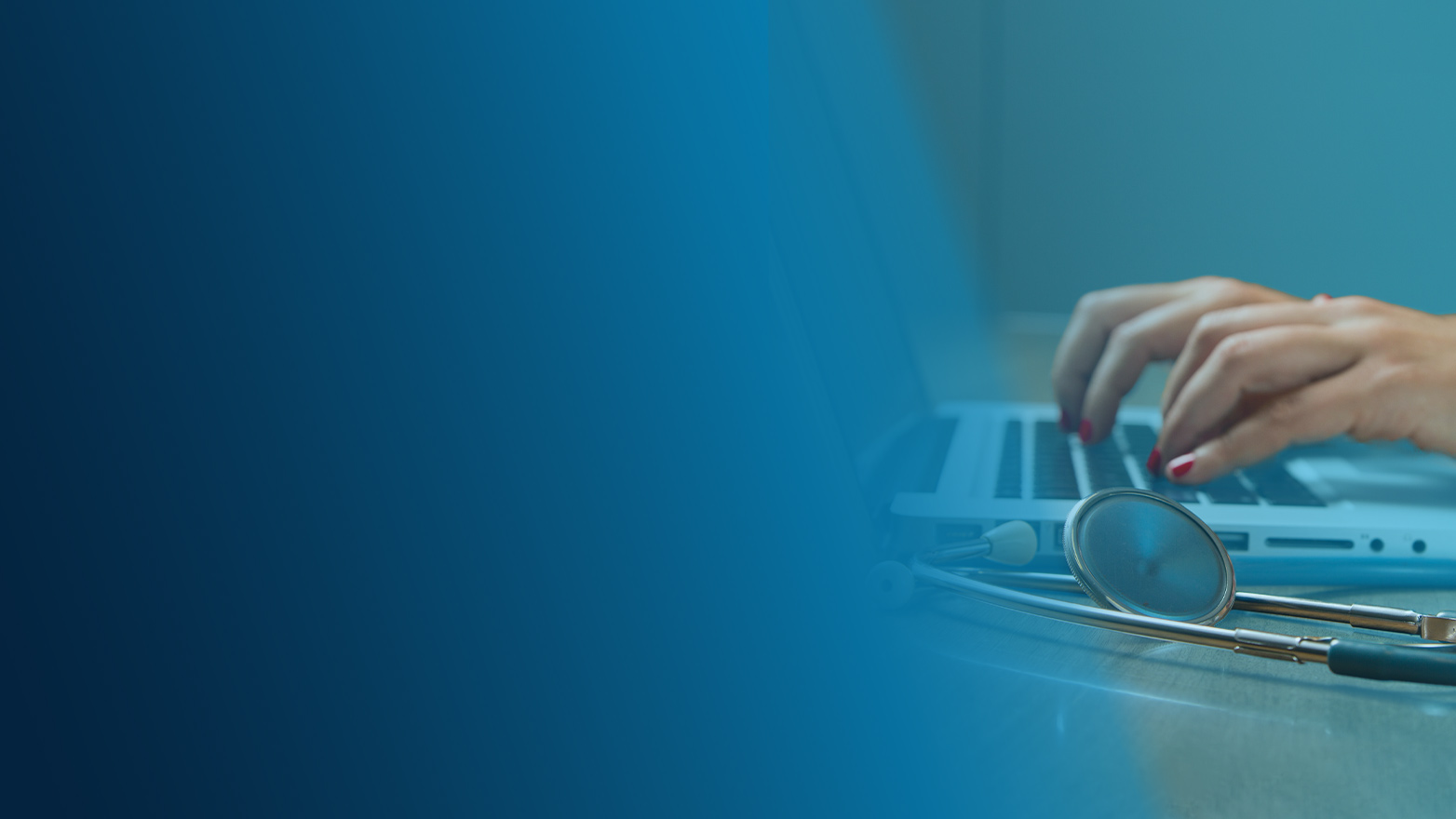In today’s dynamic landscape, sales must adapt to rapidly changing market conditions and customer behaviors, increasing complexity in product and service offerings, and an overwhelming array of emerging technologies. Getting and staying ahead of the competition requires a relentless focus on continuous improvement, while simultaneously producing in-year business results.
KPMG helps our clients accelerate sales by refining sales strategies, streamlining and orchestrating complex sales motions, modernizing enabling tools and technology, and boosting seller performance. Our comprehensive offerings include:
- Sales Strategy & Planning: Accelerate sales growth by refining go-to-market strategies and more effectively deploying resources across customer segments and sales channels
- Sales & Commerce Operations Improvement: Enable winning seller and customer interactions through improved sales processes, enabling tools, content, and insights
- Sales Performance Management: Modernize sales performance management to align territories, targets, and compensation with speed and transparency
- Platform Implementation & Adoption: Optimize the portfolio, implementation, and adoption of key Customer Relationship Management (CRM) and Sales Performance Management (SPM) platforms
Our professionals bring deep functional and industry expertise, extensive experience with leading technology platforms, and practical applications of emerging technologies to design, implement and sustain changes that drive increased sales and profitability.















